ReturnTo: Four Public Works of Architecure |
My First Visit May 26, 2010 |
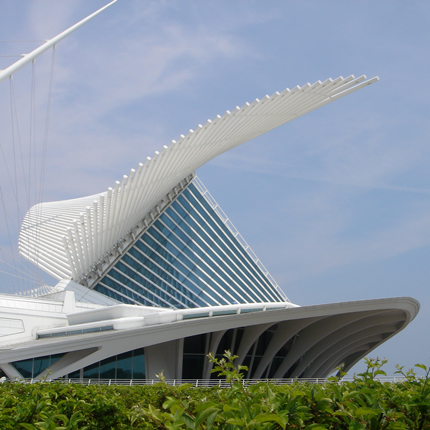 |
| I admire the work of of Santiago Calatrava greatly . A brief visit while driving through Milwaukee in May 2010 provided me my first opportunity to see one of his buildings in the flesh. This article records my first impressions. It is also part of a quartet, along with Wright’s Guggenheim, Renso Piano’s California Academy of Science and Jorn Utzon’s Sydney Opera House, where I explore the museum and performing arts center and the role of the public buildings in general. see: in Four Public Works of Architecture. Of concern here is not only what public building are. It also is how they can be created, used and maintained in a healthy way. |
|
|
| Calatrava brings some very old and new ideas to architecture. This is the integration of art, engineering and architecture. I should say reintegration as this would not have seemed, in the time of the Renaissance, the controversial and rare occurrence that it is today. Nor, do I think it even makes sense to discuss Architecture absent the assumption that art and engineering are integral aspects of architecture by definition. Few have promoted this thesis as successfully as Calatrava. It is fitting, then, to see his genius applied to a museum of Art. Modern architecture is largely propagated though the medium of the photograph. This is how the majority of people experience the majority of great works. Almost every famous building is known for the iconic photo which made it famous. This has progressed to the point that is seems that many buildings are designed with the photo in mind rather than what the experience of the build actually is. Most work being built today actually photographs far better than it lives. I was curious if this would be my experience of Calatrava. |
|
|
| A museum, as well as a performing arts center, is a public work in more than way. Not only is the building a public work, given its scale, scope and funding, the content within it and the use of it is public in nature. This is true of most buildings we consider “public.” There are exceptions. Wright’s Fallingwater is one. It became public while still a private home. I point this out in order to set a context that frames the issue of “public” differently than the usual conversation about it. Concepts like public and commonwealth have been confused and politicized in recent decades. This make the production and proper use of public works more difficult than it has to be. The successes and failures of major work of indisputable quality are worth examination in this regard. You hear a lot about Calatrava’s works yet there is little controversy associated with their making. This is remarkable given their unique character. This says something about his practice model in addition to his ability to design. It is also a compliment to those who commissioned the work. |
|
|
click on icons below to go to documents |
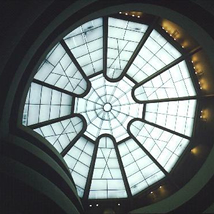 |
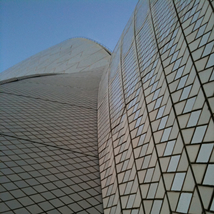 |
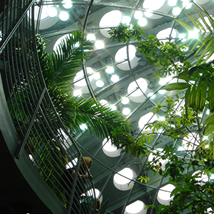 |
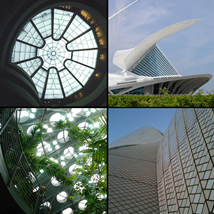 |
the Guggenheim @ 50 |
Sidney Opera House |
California Academy of Science |
4 Public Works of Architecture |
| |
|
|
|
| |
|
|
|
A Syntopical Reading Exercise: |
| The idea of Syntopical Reading, as developed and practiced by Adler, is to read several books at once while engaging the authors in a dialog which asks them to address issues which may or not be directly treated in their books. In this exercise, the query is what does their work in combination have to tell us about... |
|
|
|
|

SolutionBox
voice of this document:
INSIGHT • POLICY
PROGRAM
|
click on graphic for explanation of SolutionBox |
|
posted: May 26, 2010 • revised Februray 11, 2011 - 12:25 PM @ Nashville Studio |
|





